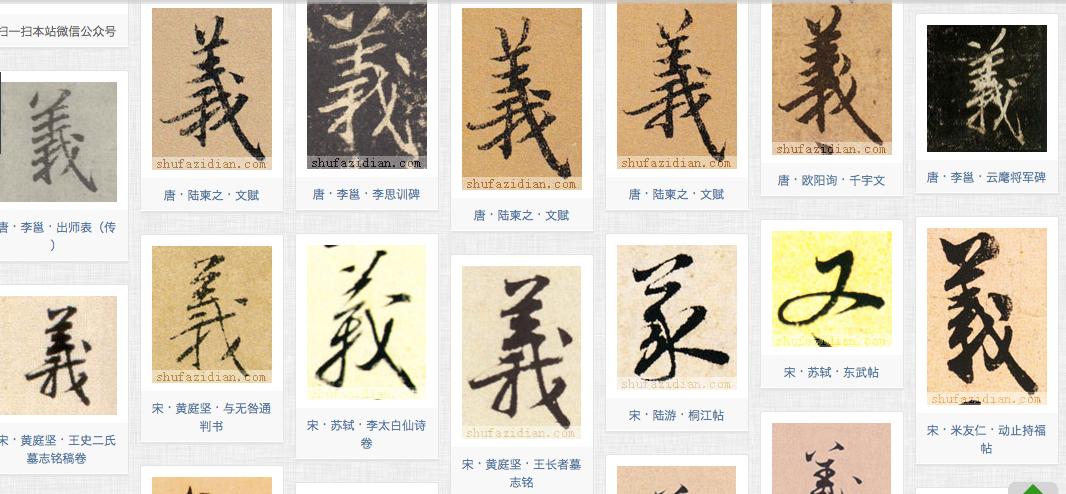In the context of a C19th work titled Takamatsu no shiro mizuzeme no zu, "Picture of the Flooding of Takamatsu Castle" (髙松城水責之圖 with furigana たかまつのしろみづぜめのづ), there is a name cartouche, but I am uncertain about three of the characters.
保里尾[ ][ ][ ]晴
Hori ....?
Can anyone assist?
Frederick Harris, Ukiyo-e: The Art of the Japanese Print, suggests the character is one of Toyotomi Hideyoshi's generals, Ukita Hideie (宇喜多秀家, 1573–1655), however, I don't understand the kanji if this is the case. Historical references indicate that Hideyoshi besieged Takamatsu-jō in 1582, yet Hideie did not become the head of the Ukita clan until 1582 and since he was still young, it was his uncle, Ukita Tadaie (Titles: Dewa no kami / other names: Sakazaki Tadaie), who acted as leader of the army during the siege. This leaves me no wiser, either.
















